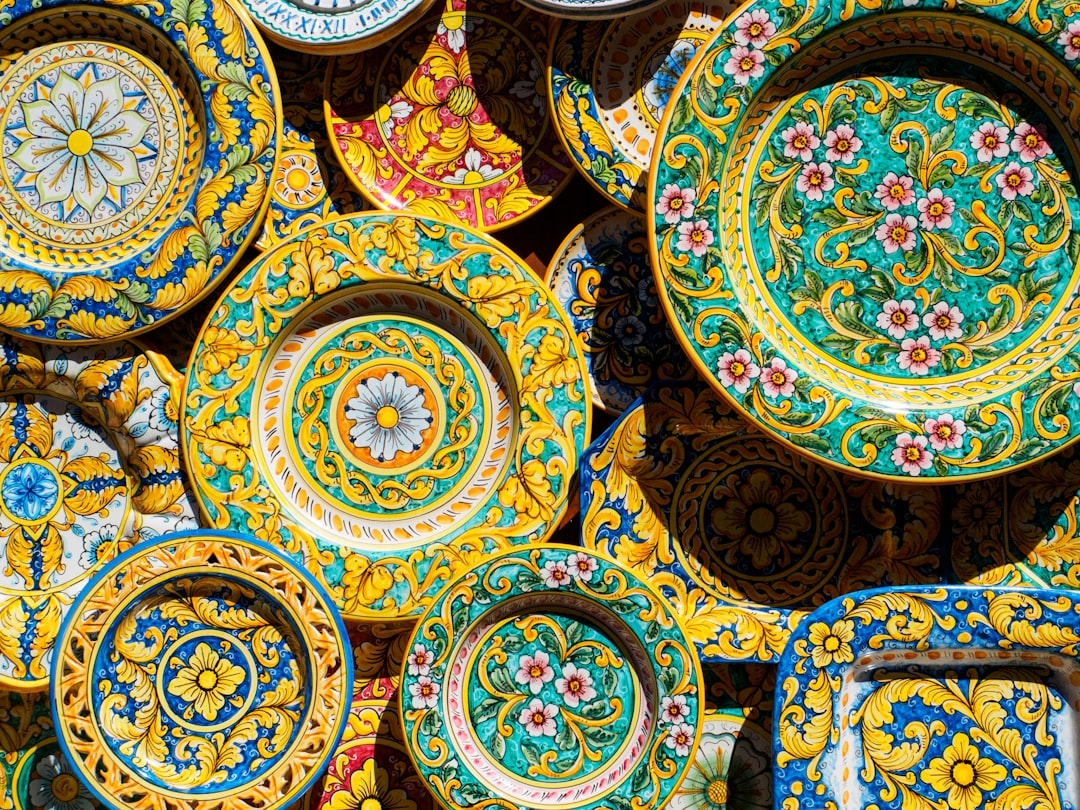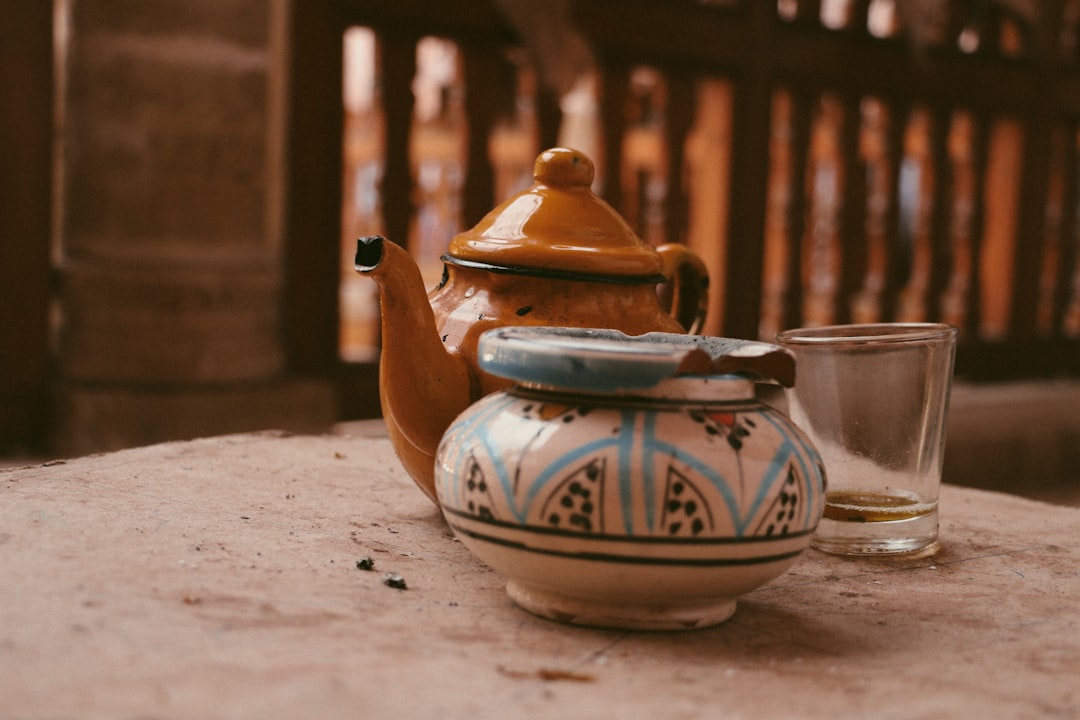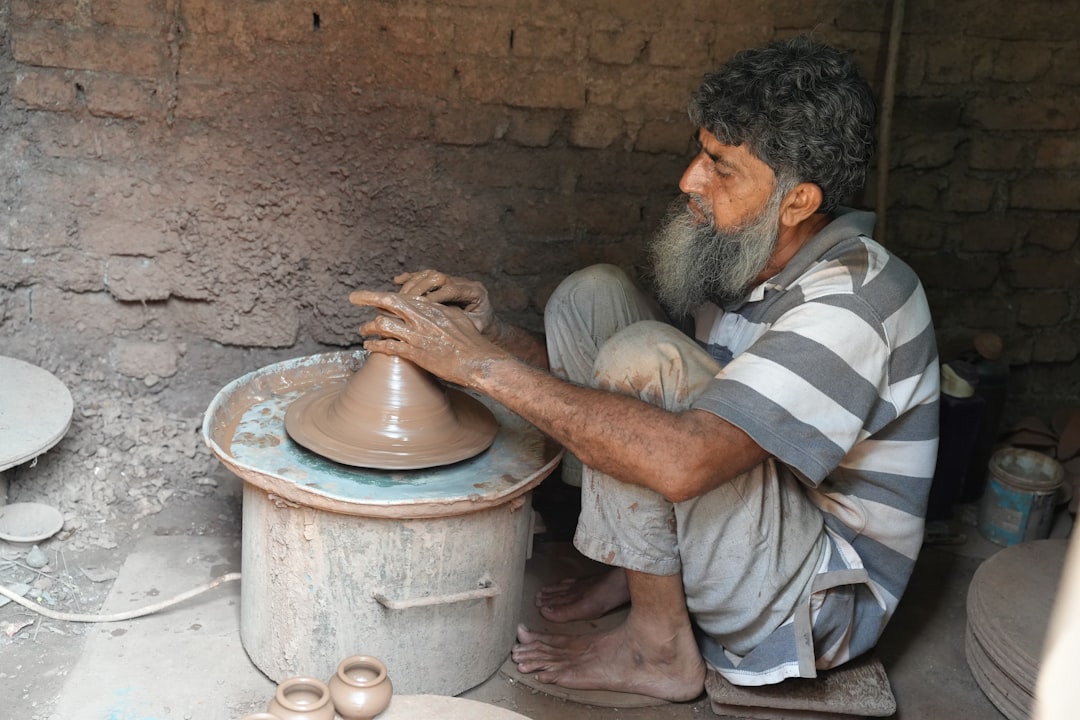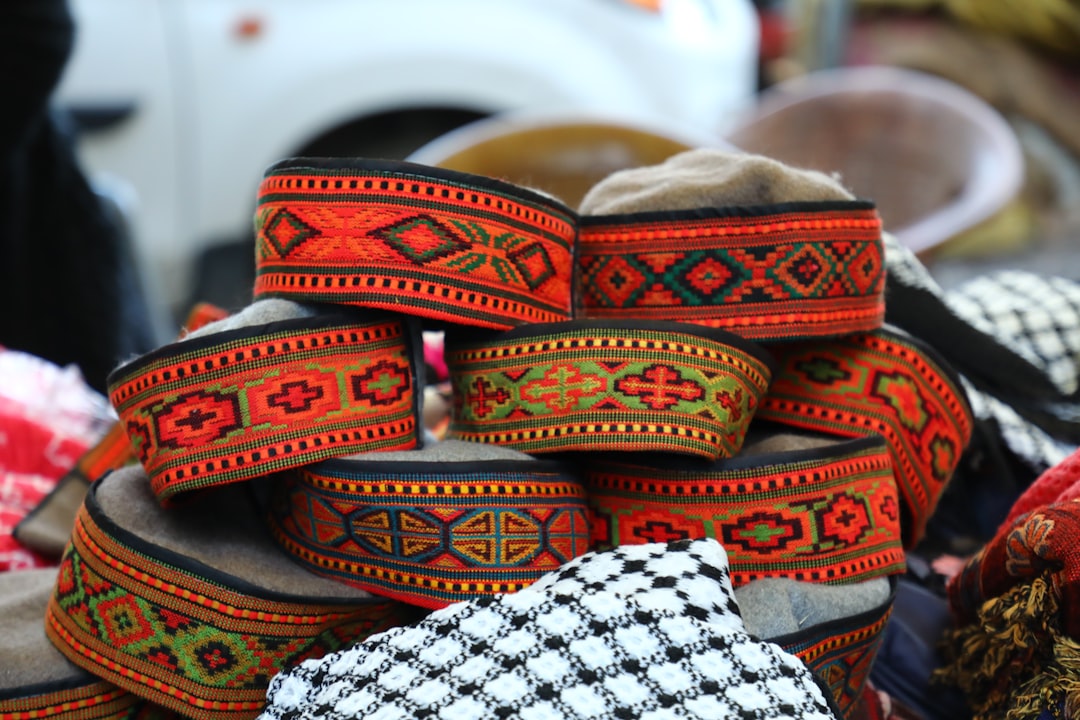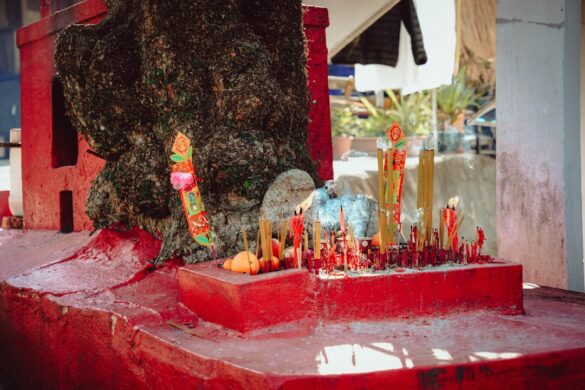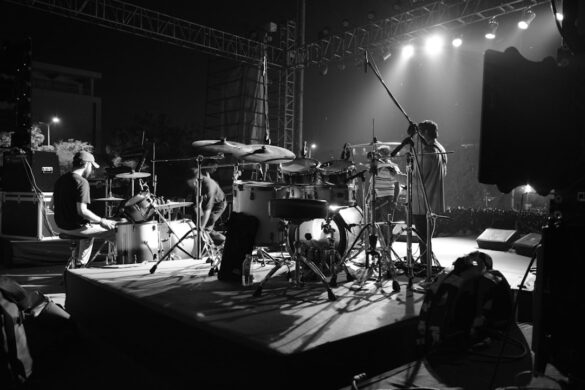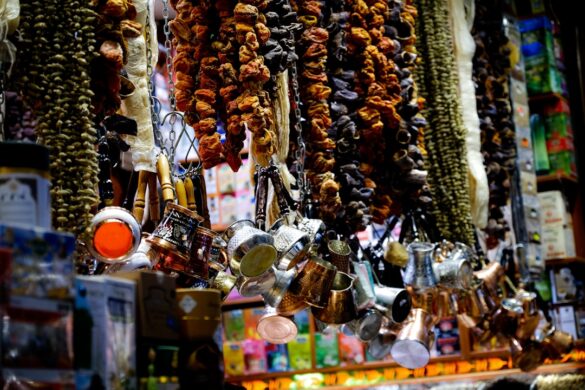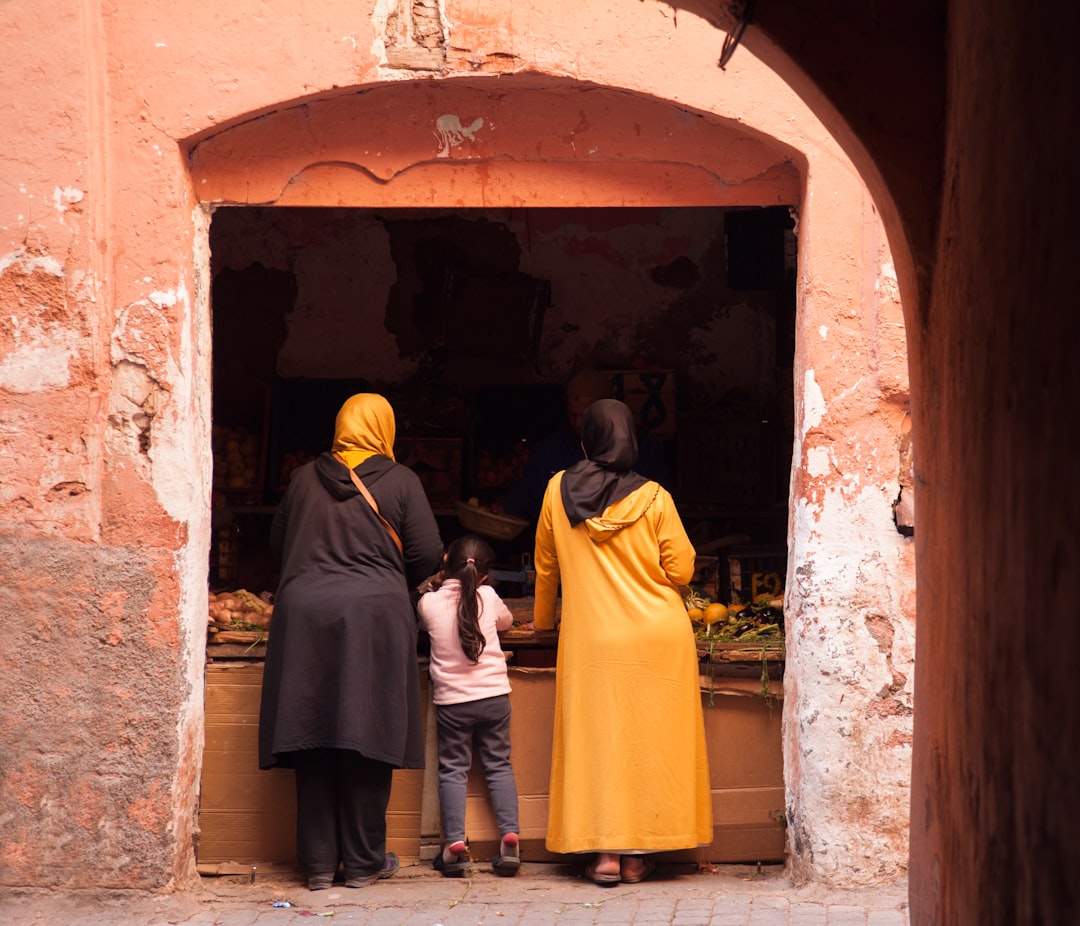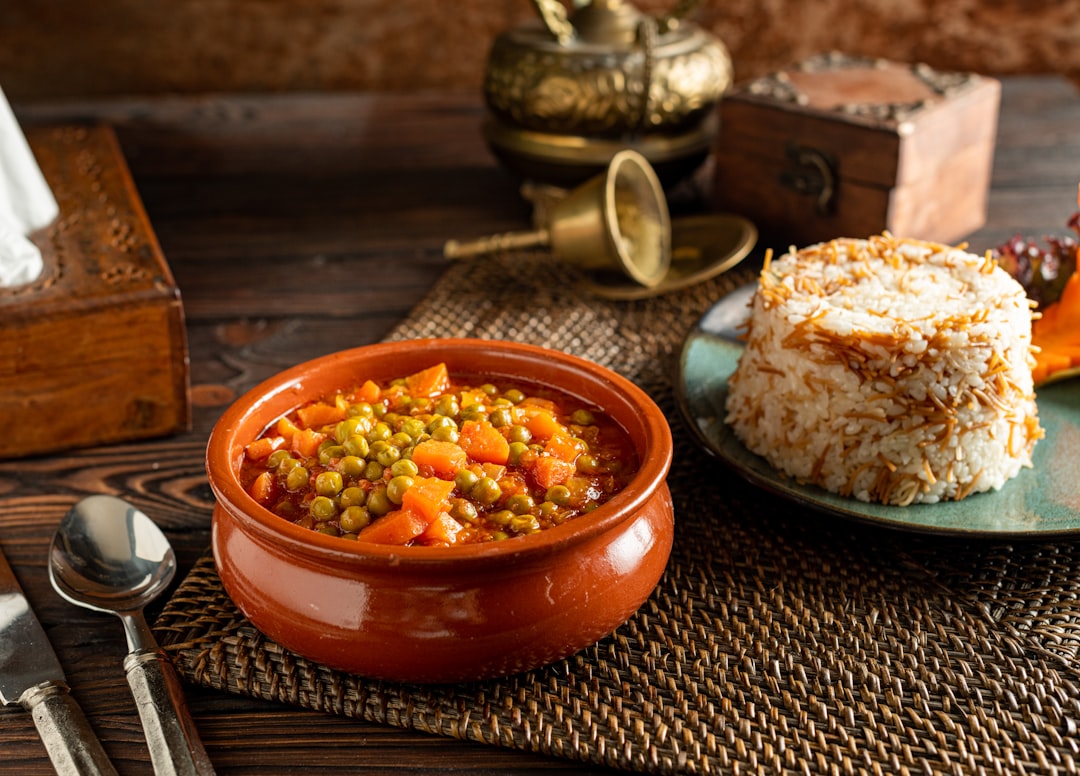Introduction: Discovering Morocco’s Cultural Tapestry
Morocco, a country where the sun-kissed sands of the Sahara meet the vibrant streets of cities like Marrakech and Fes, is a treasure trove of cultural wonders. Known for its rich history and diverse influences from Berber, Arab, and European cultures, Morocco’s vibrant art scene and cultural heritage manifest through its architecture, festivals, music, and traditional crafts. In this exploration, we will delve into the colorful traditions that define Morocco, highlighting its unique artistic expressions.
The Vibrant Moroccan Art Scene
Moroccan art is characterized by its intricate designs, vivid colors, and a deep connection to cultural traditions. From ceramic pottery to textiles and metalwork, Moroccan artisans have perfected these crafts over generations. Cities like Marrakech are famed for their souks, where visitors can witness artisans at work, creating breathtaking pieces that not only serve as remnants of history but also as functional art pieces for everyday life.
One cannot visit Morocco without indulging in the mesmerizing world of traditional zellij. This ancient art of tile-making features elaborate geometric patterns that symbolize harmony and unity. Often adorning the walls of palaces and mosques, zellij reflects the influence of Islamic art through its repetition and precision. The meticulous work involved in creating zellij requires extensive training, and it has become a symbol of Moroccan identity.
In addition to zellij, the art of tadelakt deserves mention. This beautiful decorative plaster is often used in traditional Moroccan hammams and riads, showcasing the skillful application of natural materials. The soft, shiny finish of tadelakt provides a unique, classic Moroccan aesthetic that attracts architecture enthusiasts worldwide. Treatment of the plaster requires an intimate knowledge of the materials and can take years to master, enhancing its value in Moroccan architecture.
Unearthing Berber Heritage
The Berbers, an indigenous people of Morocco, have a rich cultural heritage deeply embedded in the nation’s identity. Known for their vibrant textiles, Berber rugs are a significant aspect of Moroccan art that combines functionality with beauty. Each rug tells a story, woven with meanings and symbols pertaining to family, tribe, and experiences. The weavers often incorporate motifs that are passed down through generations, making each piece a unique representation of their culture.
Furthermore, Berber pottery and jewelry are also notable contributions to Moroccan craftsmanship. Handcrafted pieces made from clay and adorned with intricate designs are a testament to the artisans’ pride in their heritage. The use of natural dyes and traditional techniques ensures that these artifacts remain authentic and deeply connected to the land and its history. Visitors can find these treasures in local marketplaces, giving them a chance to partake in the rich cultural narrative of the Berbers.
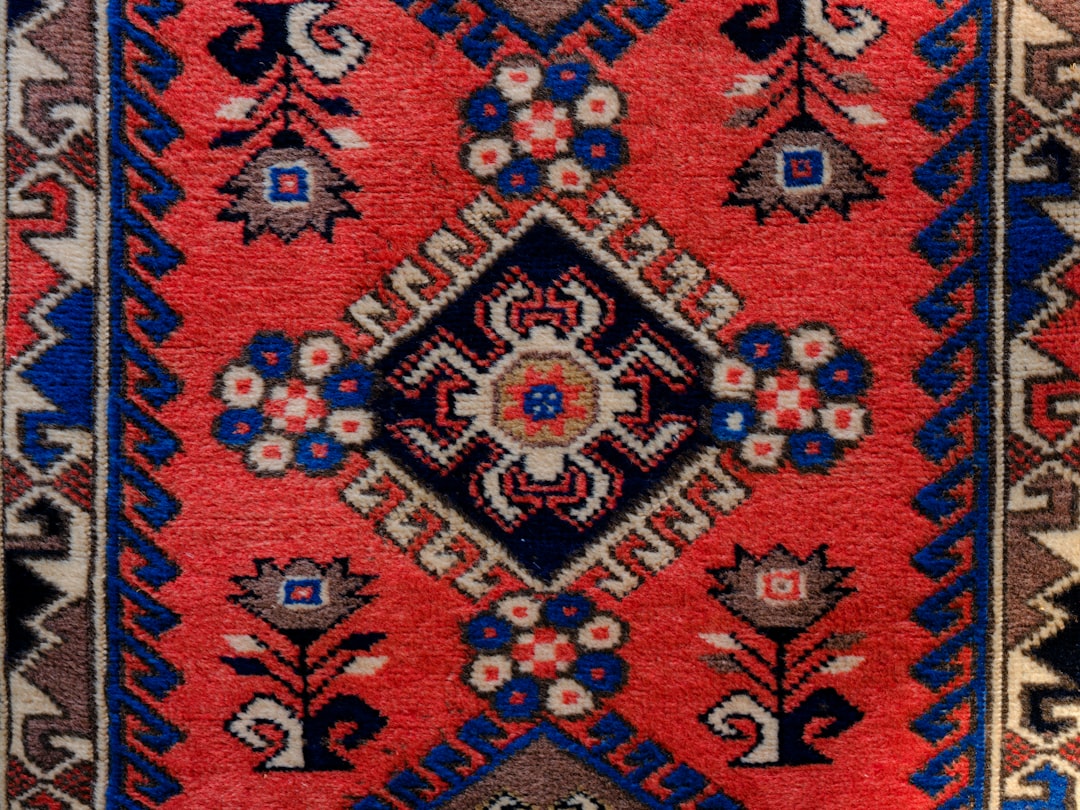
Experience the beauty of handwoven Berber rugs as you explore the local markets in cities like Fes and Marrakech.
Embracing Dynamic Festivals
Morocco’s vibrant culture is celebrated through its festivals, each marked by traditional music, dance, and culinary delights. The Mawazine Festival, held annually in Rabat, is one of the largest music festivals in the world, attracting international acts and local talent alike. The festival serves as a platform to showcase Morocco’s music industry from traditional to contemporary genres. It brings together people from diverse backgrounds, fostering a sense of community and celebration that resonates well beyond the festival’s duration.
Additionally, the Festival of World Sacred Music in Fes presents a diverse array of performances that celebrate spiritual and diverse cultural heritage through dance and music. This festival is a symbol of Morocco’s commitment to promoting cultural dialogue and artistic expression, inviting visitors from around the globe to experience the harmony of different cultures coming together.
Gastronomy as an Artistic Expression
Moroccan cuisine is not just food; it is an art form that reflects the country’s cultural diversity. From the aromatic spices of ras el hanout to the unique cooking methods like slow-cooked tagines, each dish tells a story of the land, its people, and their traditions. Traditional Moroccan meals are often served in communal settings, enhancing the experience of sharing and togetherness. The elaborate presentation of dishes is as essential as the taste, making meals a visual feast as much as a culinary one.
Participating in a Moroccan cooking class is a fantastic way for travelers to immerse themselves in this vibrant aspect of Moroccan culture. Here, you can learn how to prepare iconic dishes such as couscous and pastilla, providing an unforgettable culinary adventure during your visit. These classes not only teach cooking but also provide insights into the cultural significance of each dish, fostering a deeper appreciation for Moroccan gastronomy.
Exploring the Historical Significance of Cultural Sites
To truly appreciate Morocco’s cultural treasures, one must visit its historical sites. The stunning architectural marvels, such as the Hassan II Mosque in Casablanca and the majestic Royal Palace in Fes, represent the grandeur of Moroccan craftsmanship. These sites not only highlight the artistic flair of Moroccan designers but also serve as vital components of its rich history. In addition to their architectural beauty, these landmarks offer stories and legacies that continue to shape the identity of Moroccan society.
The ancient medinas of Marrakech and Fes are perfect examples of Morocco’s historic charm, filled with narrow alleyways, bustling souks, and intricate tile work. A guided tour through these cities offers insights into the historical context surrounding each landmark and a deeper understanding of how culture and history intertwine. Exploring the medinas also allows visitors to engage with local artisans, providing opportunities to learn about their crafts first-hand.
Don't miss the chance to explore the architectural wonders of Morocco that reflect its rich history and artistry!
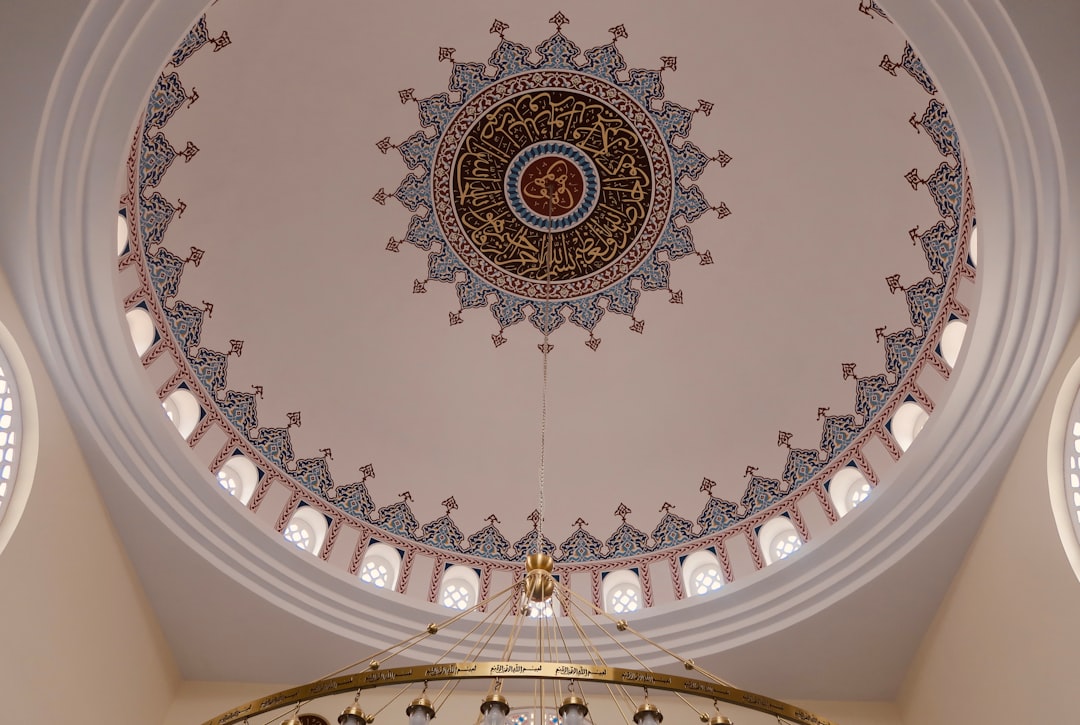
Conclusion: A Journey to Enrich Your Soul
In conclusion, exploring the cultural treasures of Morocco provides an enriching experience that transcends mere travel. The unique artistic expressions embodied in its crafts, festivals, and culinary delights create a vivid tapestry that tells the story of a nation steeped in history and tradition. As a traveler, immersing oneself in Morocco’s rich culture allows for deeper connections with the people, their art, and their way of life.
For those eager to discover and engage more with Morocco’s cultural heritage, consider booking a guided tour through platforms like Viator, where you can unlock the full Moroccan experience. You’ll find tours that offer hands-on experiences, allowing you to create lasting memories while learning about Morocco’s diverse landscape and cultural nuances.

